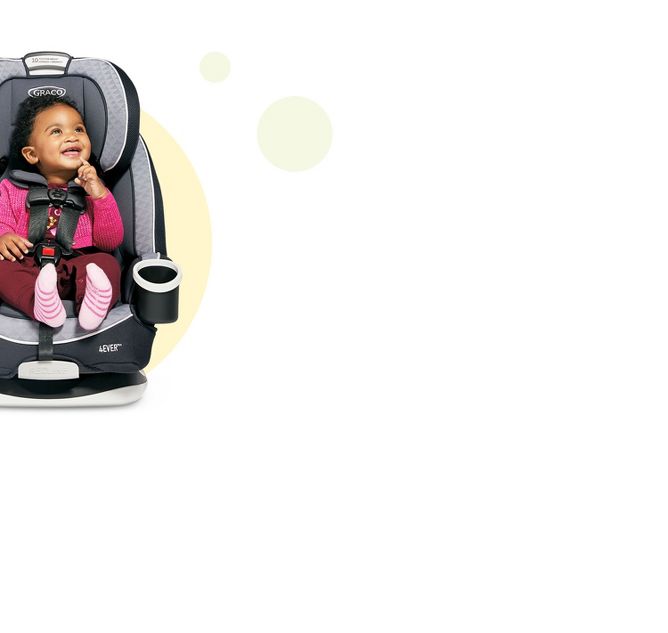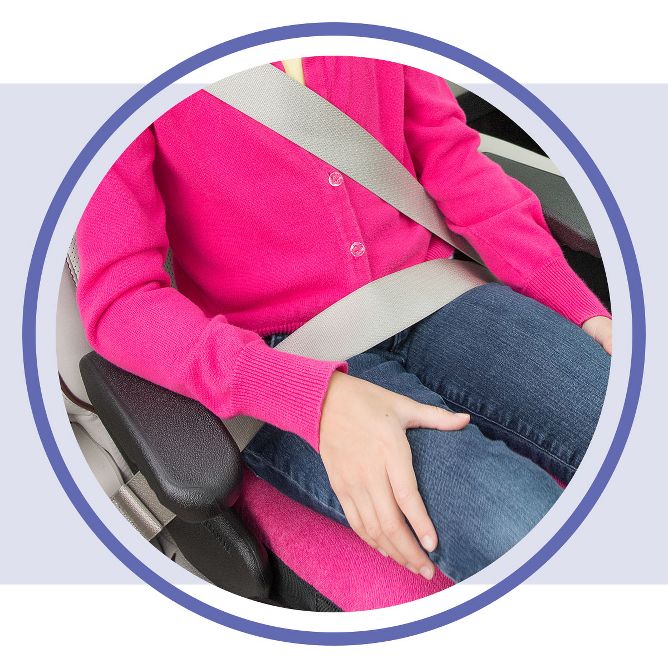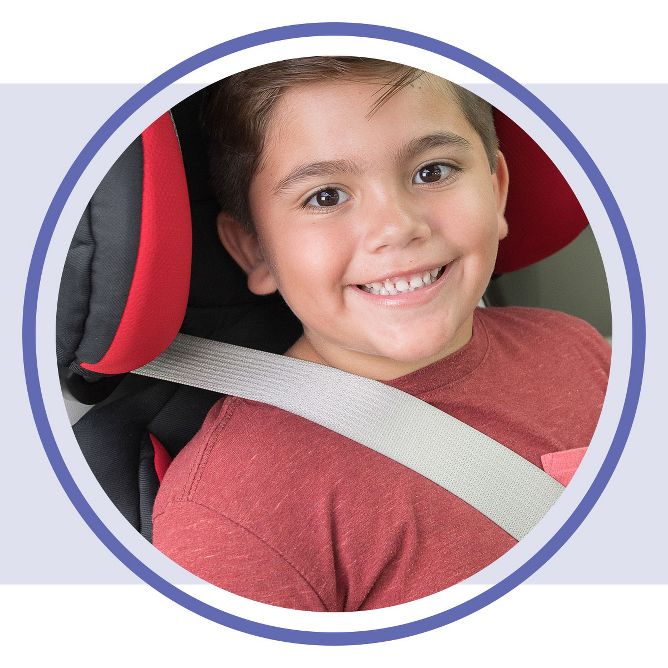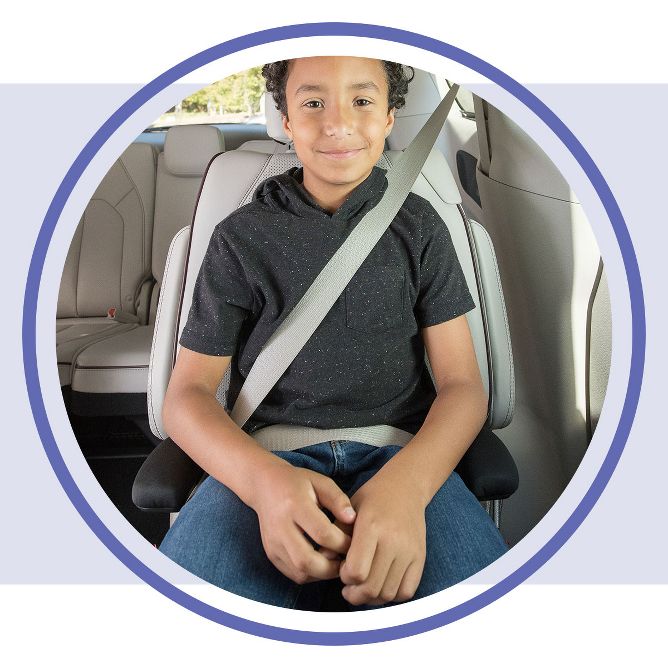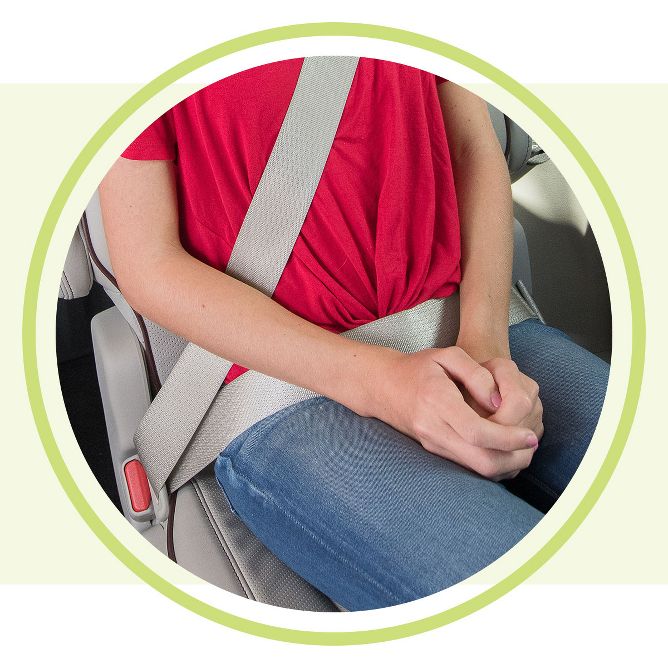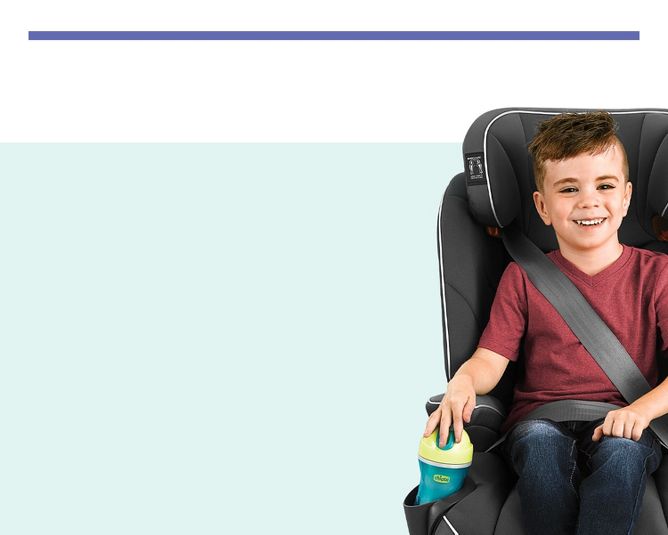Car Seat Safety Tips
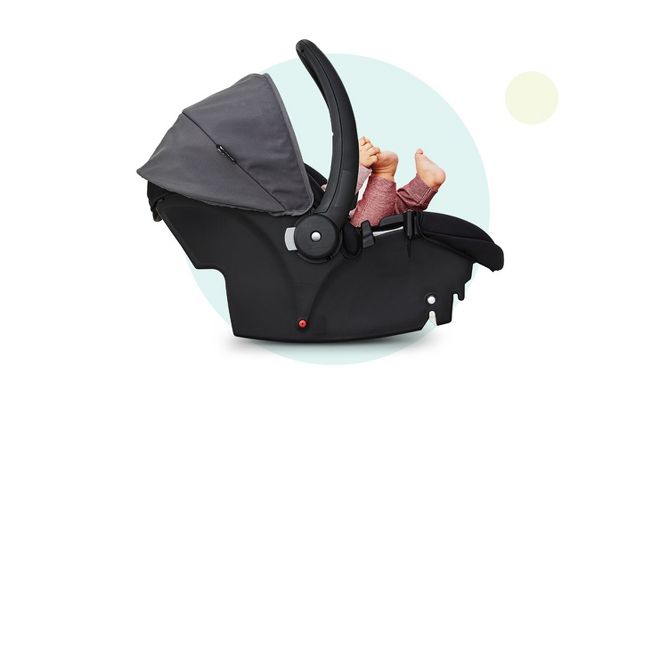

Installing your seat

Rear- Facing
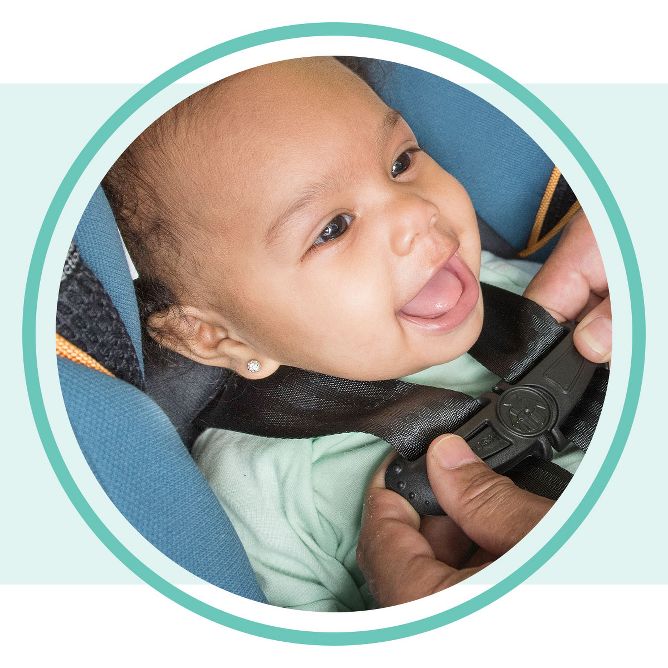
The harness should start at or below your child’s shoulders.
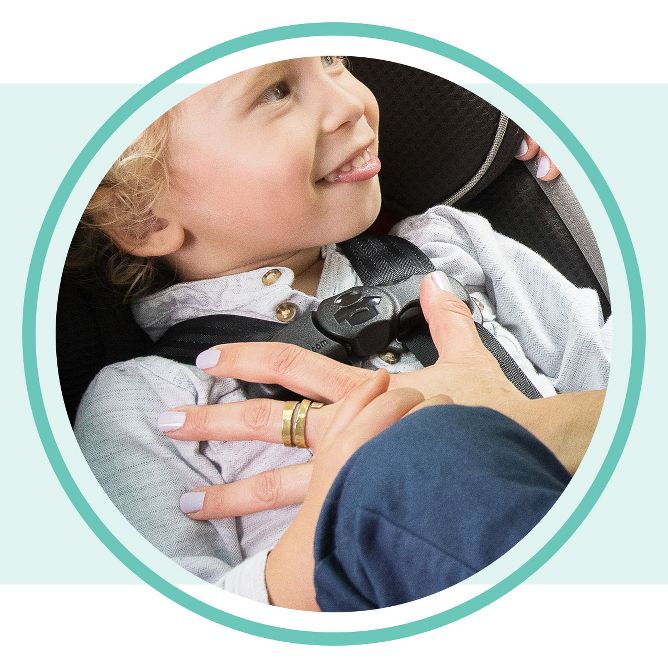
The chest clip should be at armpit level.
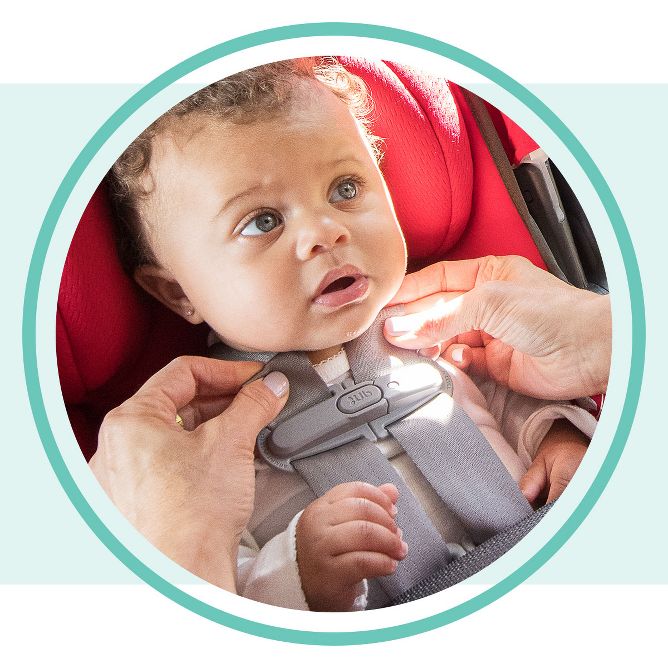
The harness should be snug and lie flat against their shoulders. You should not be able to pinch the webbing/fabric when pinching vertically.
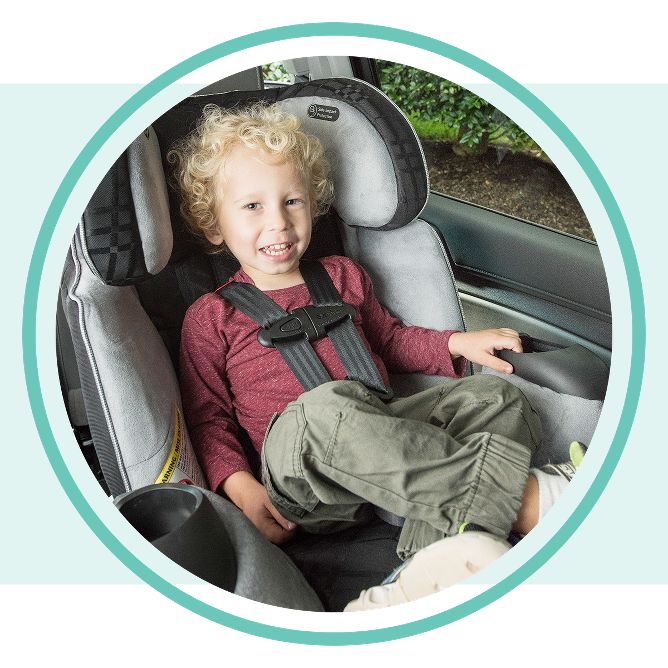
Keep your child in a rear-facing seat until they reach the maximum height or weight requirements.
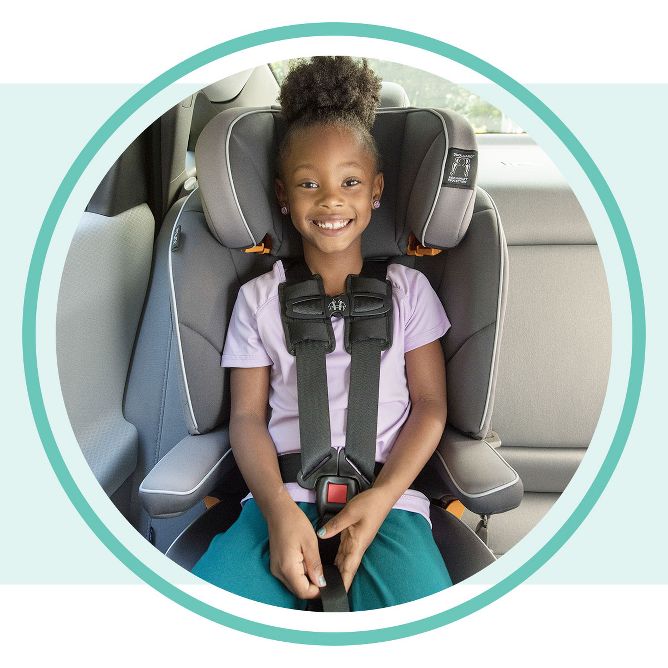
Once your child outgrows their rear-facing car seat, it is time to transition to a forward-facing car seat.

Forward- Facing
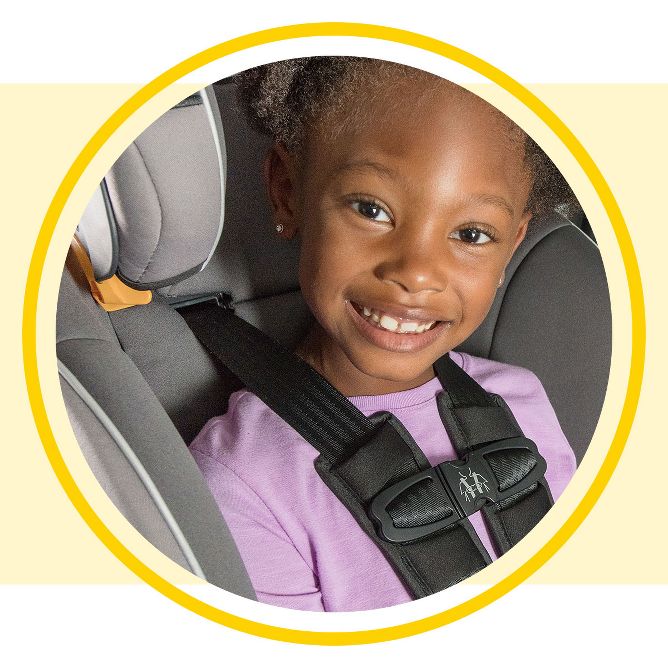
The harness should start at or above your child’s shoulders.
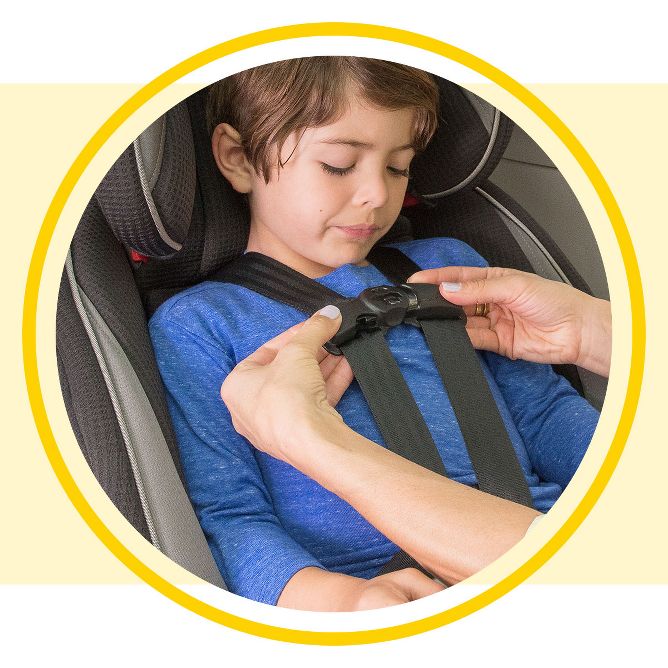
The chest clip should be at armpit level.
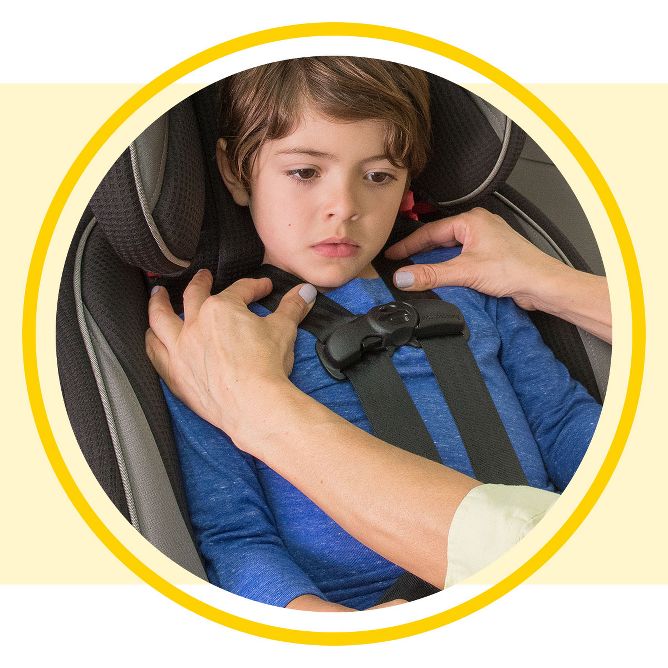
The harness should be snug and lie flat against their shoulders. You should not be able to pinch the webbing/fabric when pinching vertically.
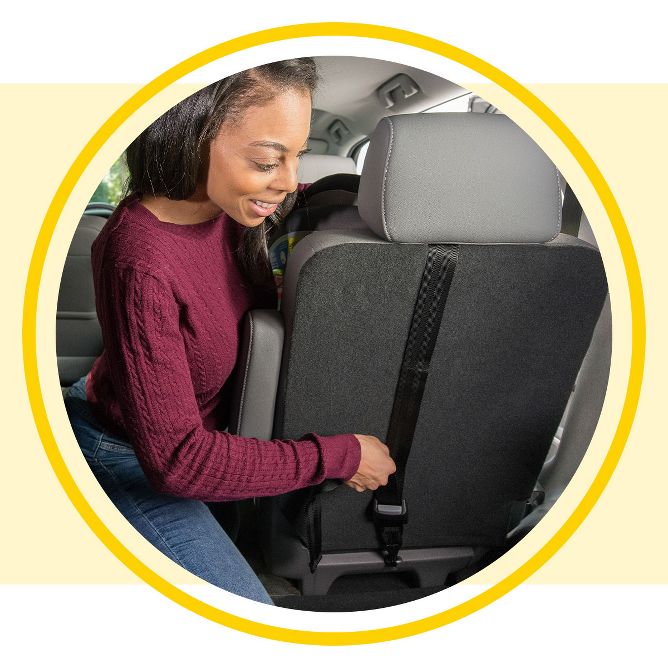
Always use a tether for safety for forward-facing car seats.
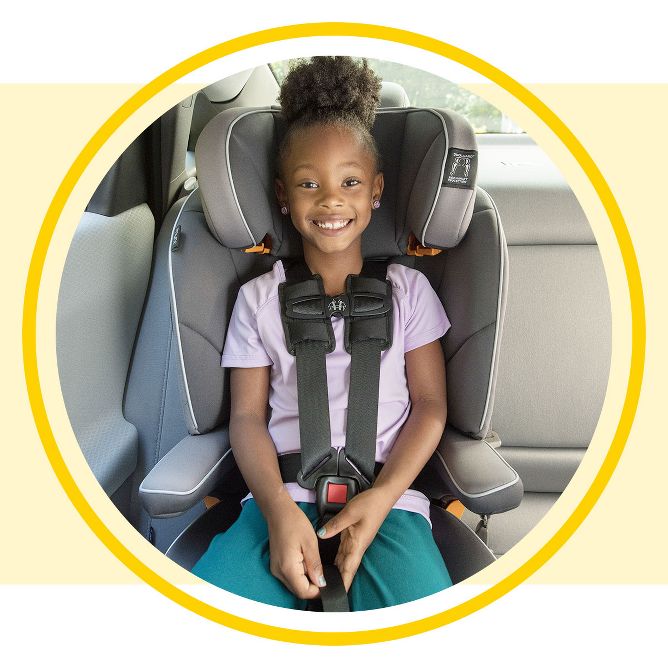
Keep your child in a forward-facing car seat with a harness and tether until they reach the maximum height or weight requirements.
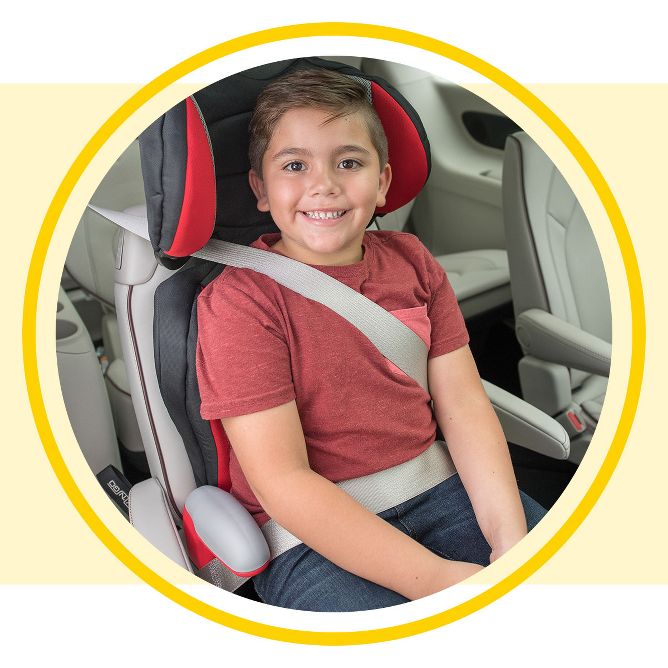
Once they outgrow the forward-facing car seat with a harness, it’s time to transition to a booster seat but still in the back seat of the vehicle.

When to replace your car seat

Is your seat expired?
You should replace your car seat when the expiration date is reached or if any of the parts of the car seat are no longer in good working order.

Was it damaged in an accident?
Following a motor vehicle crash, car seats and boosters may need to be replaced depending on the severity of the crash as well as the manufacturer’s guidelines.

Sponsored
Sponsored
